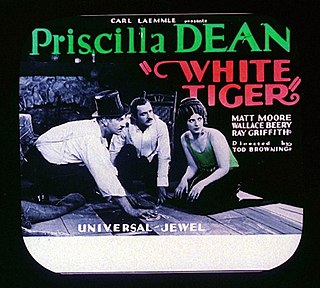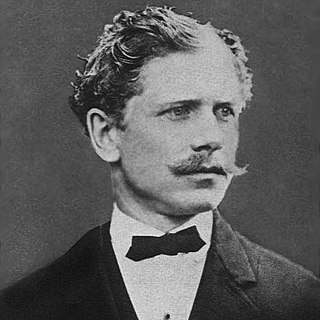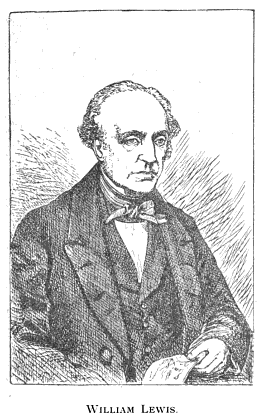
An android is a humanoid robot or other artificial being often made from a flesh-like material. Historically, androids existed only in the domain of science fiction and were frequently seen in film and television, but advances in robot technology have allowed the design of functional and realistic humanoid robots.

A robot is a machine—especially one programmable by a computer—capable of carrying out a complex series of actions automatically. A robot can be guided by an external control device, or the control may be embedded within. Robots may be constructed to evoke human form, but most robots are task-performing machines, designed with an emphasis on stark functionality, rather than expressive aesthetics.

An automaton is a relatively self-operating machine, or control mechanism designed to automatically follow a sequence of operations, or respond to predetermined instructions. Some automata, such as bellstrikers in mechanical clocks, are designed to give the illusion to the casual observer that they are operating under their own power or will, like a mechanical robot. The term has long been commonly associated with automated puppets that resemble moving humans or animals, built to impress and/or to entertain people.
"Computing Machinery and Intelligence" is a seminal paper written by Alan Turing on the topic of artificial intelligence. The paper, published in 1950 in Mind, was the first to introduce his concept of what is now known as the Turing test to the general public.

The Mechanical Turk, also known as the Automaton Chess Player, or simply The Turk, was a fraudulent chess-playing machine constructed in 1770, which appeared to be able to play a strong game of chess against a human opponent. For 84 years, it was exhibited on tours by various owners as an automaton. The machine survived and continued giving occasional exhibitions until 1854, when a fire swept through the museum where it was kept, destroying the machine. Afterwards, articles were published by a son of the machine's owner revealing its secrets to the public: that it was an elaborate hoax, suspected by some, but never proven in public while it still existed.

Johann Wolfgang Ritter von Kempelen de Pázmánd was a Hungarian author and inventor, known for his chess-playing "automaton" hoax The Turk and for his speaking machine.

"An Occurrence at Owl Creek Bridge" (1890) is a short story by American writer and Civil War veteran Ambrose Bierce, described as "one of the most famous and frequently anthologized stories in American literature". It was originally published by The San Francisco Examiner on July 13, 1890, and was first collected in Bierce's book Tales of Soldiers and Civilians (1891). The story is set during the American Civil War and is known for its irregular time sequence and twist ending. Bierce's abandonment of strict linear narration in favor of the internal mind of the protagonist is an early example of the stream of consciousness narrative mode.
The philosophy of artificial intelligence is a branch of the philosophy of mind and the philosophy of computer science that explores artificial intelligence and its implications for knowledge and understanding of intelligence, ethics, consciousness, epistemology, and free will. Furthermore, the technology is concerned with the creation of artificial animals or artificial people so the discipline is of considerable interest to philosophers. These factors contributed to the emergence of the philosophy of artificial intelligence.

"Maelzel's Chess Player" (1836) is an essay by Edgar Allan Poe exposing a fraudulent automaton chess player called The Turk, which had become famous in Europe and the United States and toured widely. The fake automaton was invented by Wolfgang von Kempelen in 1769 and was brought to the U.S. in 1825 by Johann Nepomuk Mälzel after von Kempelen's death.
William Schlumberger was an Alsatian chess master. He is known to have taught Pierre Charles Fournier de Saint-Amant to play chess and as the operator of The Turk, a chess-playing machine which was purported to be an automaton. It was Bavarian musician and showman Johann Nepomuk Mälzel who hired him to operate The Turk. Schlumberger acted as the Turk's director in Europe and in the United States until his death from yellow fever in 1838.
Artificial intelligence is a recurrent theme in science fiction, whether utopian, emphasising the potential benefits, or dystopian, emphasising the dangers.

The history of robots has its origins in the ancient world. During the Industrial Revolution, humans developed the structural engineering capability to control electricity so that machines could be powered with small motors. In the early 20th century, the notion of a humanoid machine was developed.

White Tiger is a 1923 American silent crime film directed by Tod Browning starring Priscilla Dean and featuring Wallace Beery in a supporting role.

Ambrose Gwinnett Bierce was an American short story writer, journalist, poet, and American Civil War veteran. His book The Devil's Dictionary was named one of "The 100 Greatest Masterpieces of American Literature" by the American Revolution Bicentennial Administration. His story "An Occurrence at Owl Creek Bridge" has been described as "one of the most famous and frequently anthologized stories in American literature", and his book Tales of Soldiers and Civilians was named by the Grolier Club one of the 100 most influential American books printed before 1900.

Jacques François Mouret (1780–1837) was a French chess master of the early 19th century who became chess tutor of the future Louis Philippe I and was one of the most successful operators of The Turk, a famous chess-playing automaton.

William Lewis (1787–1870) was an English chess player and author, best known for the Lewis Countergambit. He may have been the first player ever described as a Grandmaster of the game.

"A Psychological Shipwreck" is a short story by American Civil War soldier, wit, and writer Ambrose Bierce and published by The Argonaut under the title "My Shipwreck" on May 24, 1879. It was included in the 1893 collection Can Such Things Be?

"The Realm of the Unreal" is a short story by American Civil War soldier, wit, and writer Ambrose Bierce. It appeared in The San Francisco Examiner on July 20, 1890 and was reprinted in the 1893 collection Can Such Things Be?

Day Zero is a science fiction novel by American writer C. Robert Cargill, published by Harper Voyager on May 25, 2021. The plot centers around a young boy, Ezra, being protected by a robot, Pounce, as they make their way through the post-apocalyptic world. Day Zero is a prequel of Cargill's novel, Sea of Rust.














